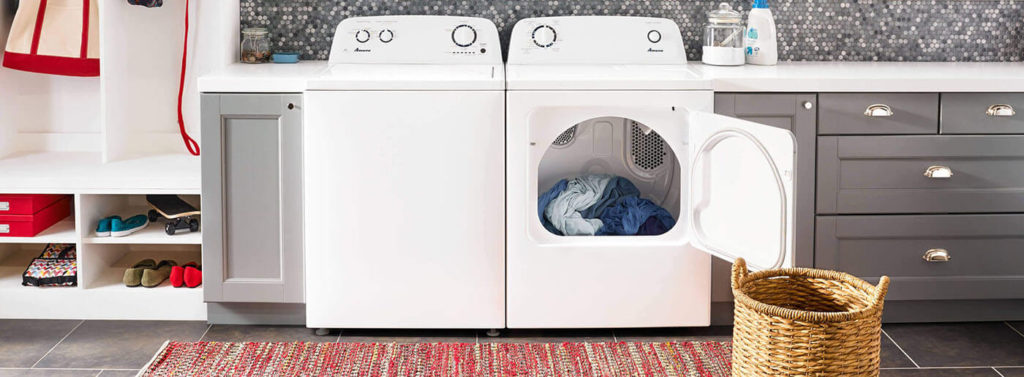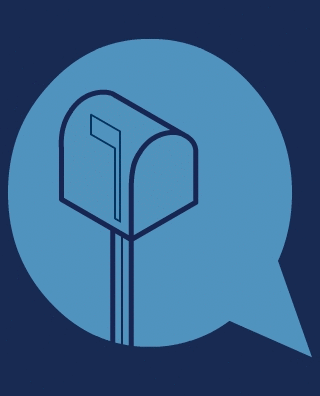“Pilling” happens over time to many different types of fabric, and these “pills” can ruin the appearance and feel of your favourite garment if they aren’t taken care of.
How to get lint balls off of clothes is an age-old problem. Read on for some helpful tips from the pros.
What Causes Pilling on Your Clothing?
Pilling is a product of friction against the fibres of certain types of clothing. Unfortunately, it comes from normal wear and tear as a result of wearing and washing, but fortunately, your favourite sweater may still be salvageable.
During normal wear, surface fibres on your clothing will break and occasionally tangle together. When your clothing is washed, these tangles attract loose micro-threads and bits of lint, which clump together to form the characteristic “pills” you know and hate.
Like many people, you may have thrown in the towel and just called the pilling part of life—but there are several ways to prevent it. Don’t toss out your pilled-up shirts just yet–you can still fix that. In fact, there are high-quality washer and dryer combos that can work very well in tandem with your efforts to combat pilling once and for all.
Preventing and Removing Those Pesky "Pills"
1. Start Preventative Measures Immediately
To avoid pilling, start your preventative measures immediately—before you even bring your new clothes home from the store. Since pilling is most common with looser and shorter fibres, knitted fabrics tend to pill more than woven fabrics, especially if combined with synthetic material. When picking out your next wardrobe, opt for tightly woven, durable fabrics.
2. Protect Your Clothes in the Washing Machine
Pilling is an ever-present possibility due to regular wear and tear, so your favourite shirt may be just as susceptible as anything else. However, you can rest assured that there is a way to remedy this clothing stress.

If you choose to machine wash rather than handwashing, here are some tips. You can start by turning the garments inside out. Fasten the zippers and buttons because the friction can be a pilling catalyst. It’s also a good idea to organize your clothing in several ways:
- Keep heavier fabrics from damaging lighter ones in the washing machine by sorting them beforehand. Try to only wash heavy fabrics with other heavy fabrics and light fabrics with other light fabrics
- Be careful not to overload your washing machine, as an overfull load can increase friction between clothes
- You can also place delicate or vulnerable items in a mesh laundry bag to further protect them from friction. These bags are available in a lot of different sizes, which makes them great for washing pilling-susceptible clothing
We recommend using the Swash™ Laundry Detergent, with its Precision Pour Cap designed to help you use just the right amount needed to protect your clothing. Also, to help protect fibres consider using a fabric softener.
Finally, it’s always a good idea to choose the gentlest cycle possible on your washing machine for clothes prone to pilling. Use cold water whenever possible, and consider hand-washing your problem clothes if necessary.
If you opt out of using a clothes dryer, you can place your knitted clothing on a flat surface, while your woven clothes can dry on a clothesline or hanger.
3. Cellulase Laundry Detergent Helps to Remove Pilling and Lint Balls From Your Clothes
Once your clothes start developing pills, it’s time to evaluate the laundry detergent you’re using. Some detergents utilize enzymes to help maintain and clean clothes. One enzyme—cellulase—is the one we’re looking at here for cracking down on pilling. Use detergent containing cellulase in tandem with a gentle, cold-water cycle, and you may significantly reduce the risk of pilling while solving the current problem.
4. Use a Fabric Shaver or Pill Remover to Eliminate Any Balls of Fabric Present
If pills remain following the wash, you can remove them with either a fabric comb, or a battery-operated lint or pill remover. Either of these options is quite effective at cutting or scraping away pills. After this, your clothes will be good as new.
We hope this has helped you figure out how to remove pilling, as well as how to prevent it. We’re here to keep your clothes in the same shape as the day you got them. Check out our Appliance Finder tool to discover washers and dryers from the Whirlpool family of brands that will help you maintain your wardrobe and prevent damage to your clothing.





